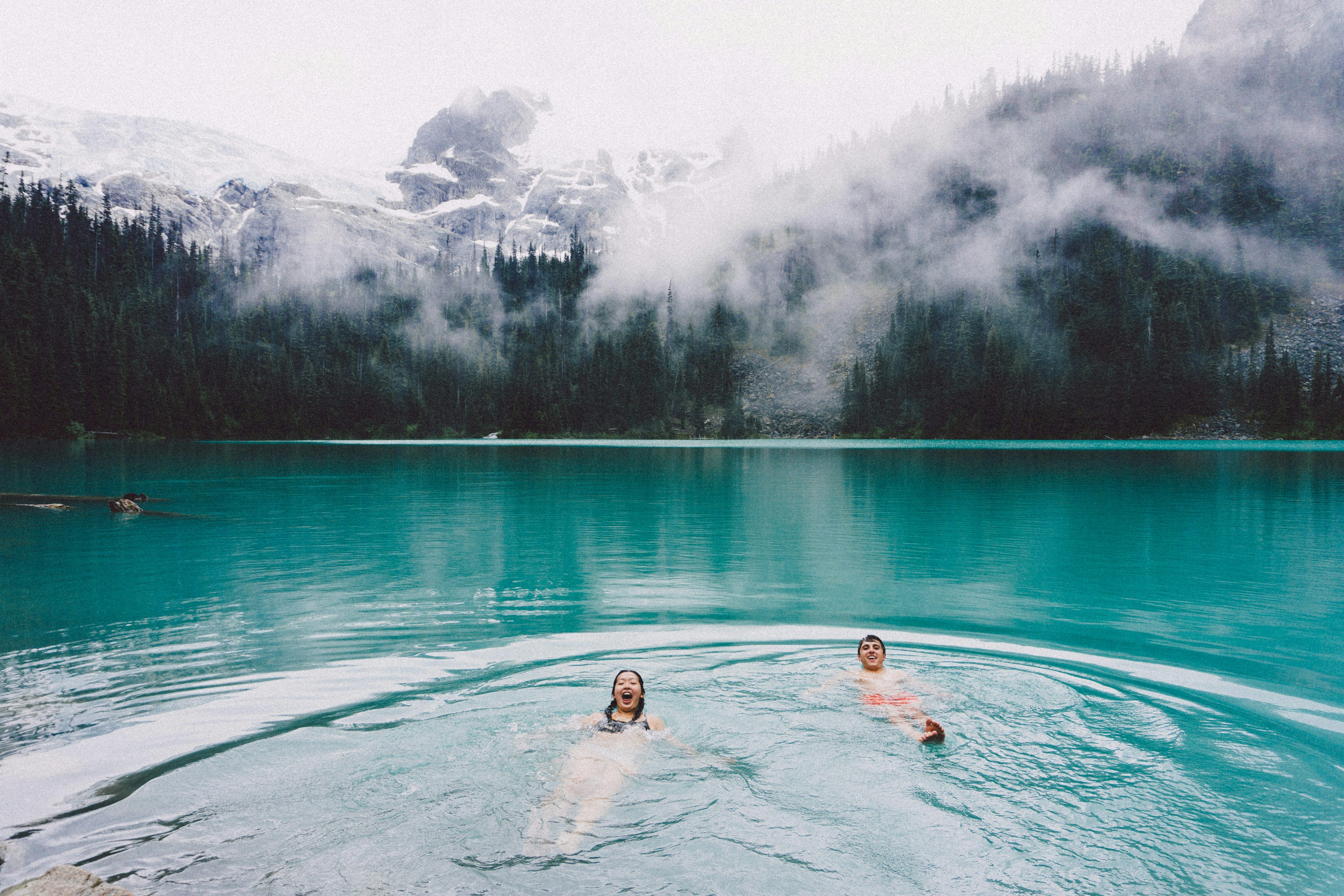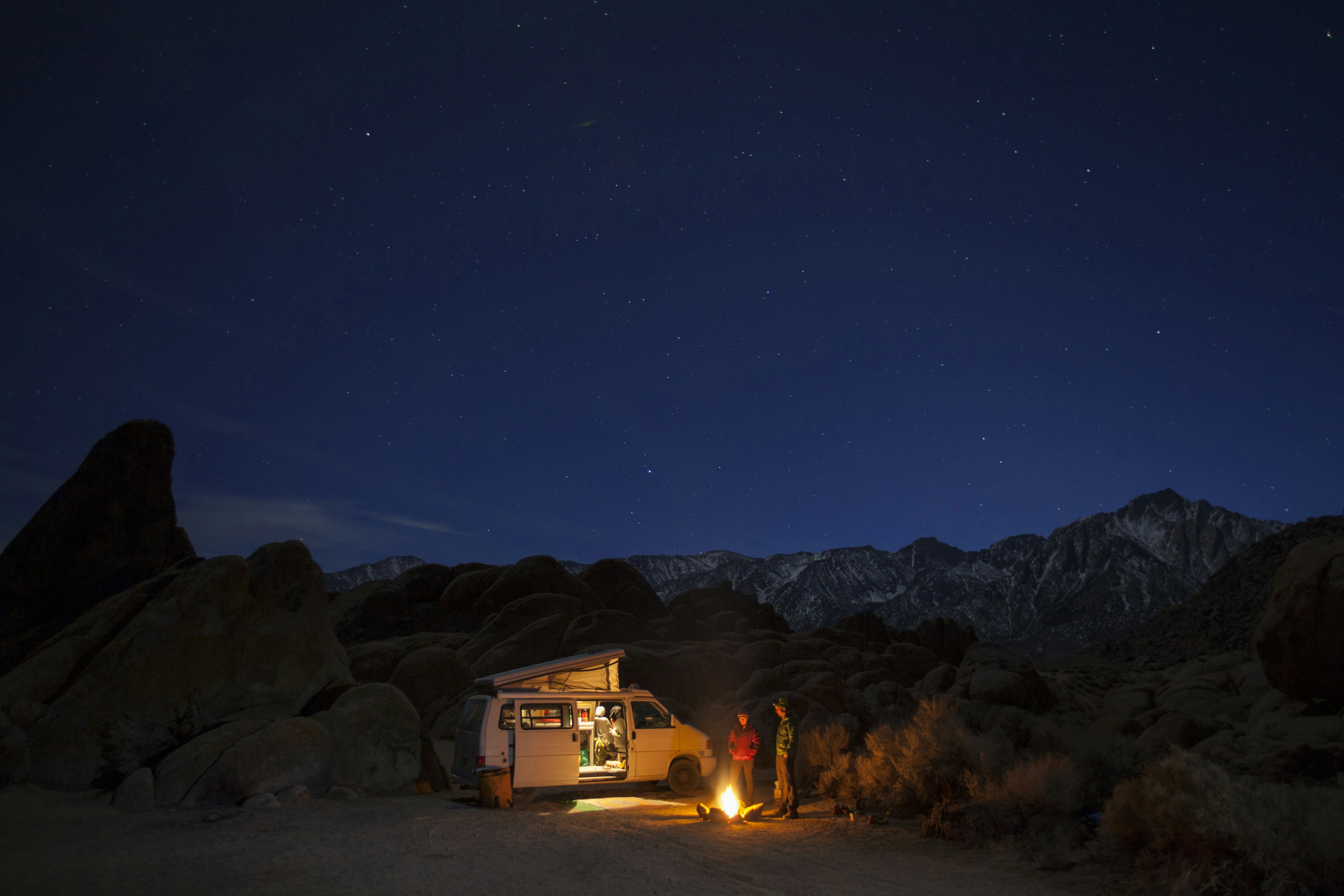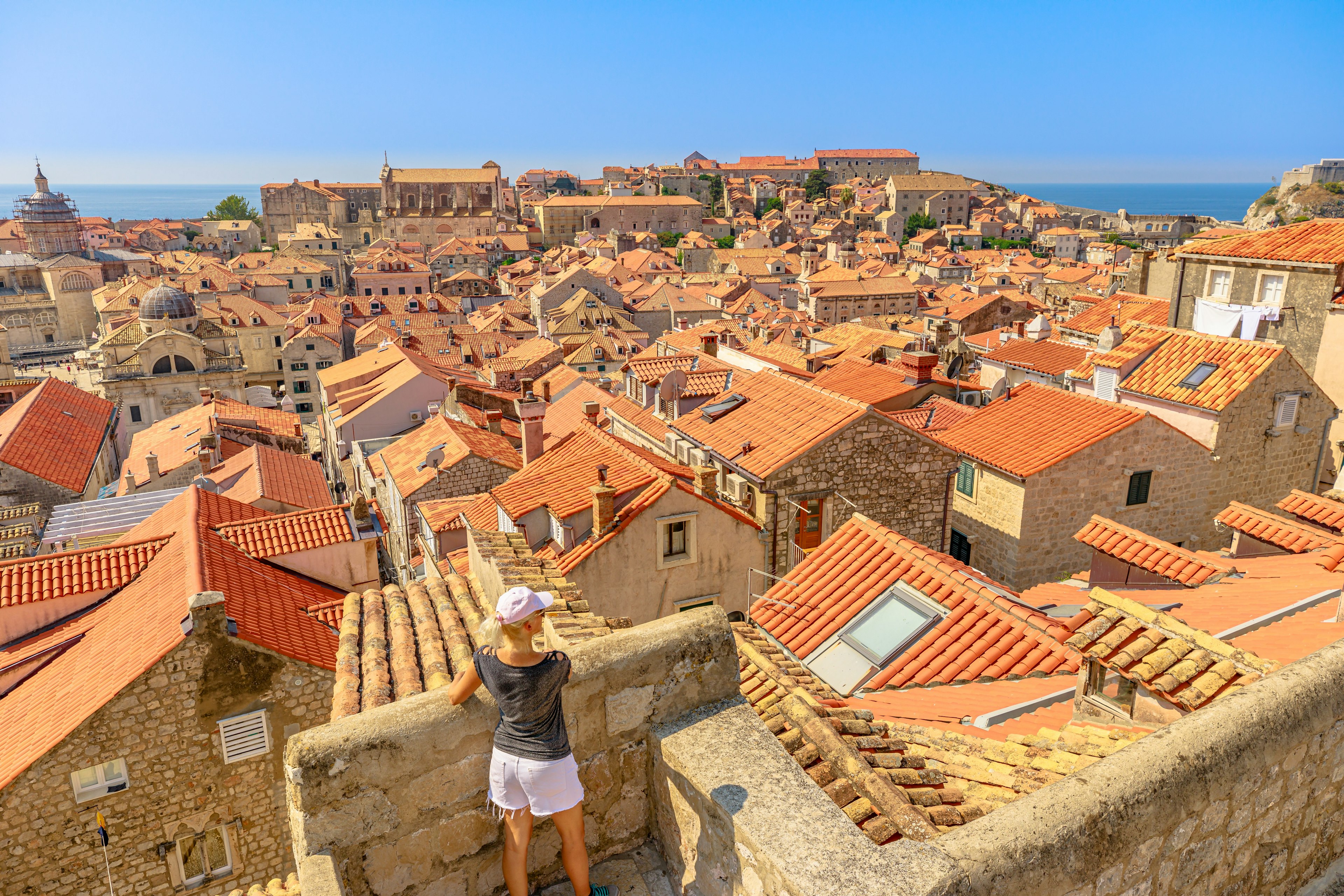It’s a fact: travel is sexy. Studies have shown that most people prioritise finding a partner with similar levels of wanderlust, while including a holiday snap in your dating app profile improves your chances of scoring a first date.
The journey doesn’t end there, of course. From the first romantic city getaway to a round-the-world adventure for two, the highs and lows of travelling as a couple can deepen the bond you share with your other half. Here’s how.

You work as a team
Successful couples know how to problem solve and compromise, and there’s no better place to hone those skills than on the road. Planning and booking a trip, navigating an unknown city and coping with unexpected challenges – such as late trains, lost credit cards or even scammers – all require teamwork. The buzz you’ll get from overcoming such obstacles together will no doubt bring you closer and build trust.
Couple’s counsel: Making joint decisions isn’t always easy – particularly if you have different travel styles. If you find yourselves bickering, heed this Vanilla Ice-inspired motto: Stop. Collaborate and listen. If all else fails, you could always consider a rap battle…

You experience new things together
You don’t want to grow apart, so why not grow together? Perhaps quite literally, if the sight of tropical flora ends up inspiring you to spruce up your garden when you return home. Whether your tummies rumble in unison at the sight of unusual street snacks or you lock eyes and share a gleeful smile when you spot an exotic bird in the wild, the joint encounters and learning opportunities globetrotting gives you will help foster collective interests that will only make your connection stronger.
Couple’s counsel: Take your new worldly wisdom home with you: learn to cook your favourite Thai dish and host a dinner party for friends; hang that Moroccan mirror you haggled so hard over in your love nest; or enrol on a Spanish language course.
You enjoy a vital break from routine
Binge-watching Narcos in your PJs and ordering a biryani may be the norm for long-term twosomes, but wouldn’t you rather get a taste of the real Colombia or India instead? Travel breaks your everyday routine, injecting a little spontaneity back into your relationship in the process.
Couple’s counsel: While away you may reflect on your life at home and decide to make some changes that will benefit you both, such as taking more mini-breaks, minimising screen time or taking up a new hobby. If a trip inspires you to shake things up, make a pact and stick to it – it’s easy to fall back into old habits once you return.

You see each other at your worst
Hangry. Stressed. Sick. Chances are you’ll both be all of these at some point during your travels. If your partner’s suffering, you’ll have to bear the brunt of each and every grumble – with the understanding that sooner or later, the situation will be reversed. If the pair of you are worse for wear simultaneously, prepare to fight over the last chip, or worse, the toilet bowl.
Couple’s counsel: Feeling vulnerable so far from home means you’ll need each other now more than ever. Have your loved one’s back and take the lead when they’re low. You’d be amazed what a quick nap and a bite to eat can cure.

You see each other at your best
Travel puts a twinkle in your eye and a spring in your step. When you see the world as a couple, you associate that feel-good factor with each other. Combine this with your sweetheart’s sun-kissed glow and your new-found carefree attitude and you’ll be eyeing each other up like a pair of love-struck teenagers.
Couple’s counsel: Now is the time to be present. You will never again be as young as you are in this moment (a motivational maxim if ever there was one), nor will you always be as happy. Make the most of it.

You get to know each other’s quirks
There’s a lot you can glean about a person by observing their behaviour as they travel. Packing techniques (or lack thereof), aeroplane etiquette and breakfast buffet habits can all highlight character traits you were, until now, blissfully unaware of. Fortunate couples may find their foibles are completely in sync – or at least complementary – while others will have to work out how to marry one’s aptitude for losing their passport with another’s fear of missing a flight.
Couple’s counsel: Patience is key here and you’ll need to take the rough with the smooth. Remember: your partner isn’t the only one with flaws.

You gain new, shared perspectives
Travel can stretch time. Suddenly you have hours, days or weeks to discuss anything and everything, from distant childhood memories to global politics. With a deeper understanding of each other’s viewpoints, a new, shared outlook may arise (eg if we can survive a 19-hour bus ride through rural China, we can survive anything) and vague plans for the future become thought-out, achievable goals.
Couple’s counsel: While travel can lead to many aligned perspectives, it may also unearth differences of opinion you never knew existed. Use the time you have on the road to discuss important issues in a stress-free environment and resolve recurring niggles.

You create memories that last a lifetime
You don’t need to traverse the globe to make wonderful memories, but it helps. Once you’ve tackled the Trans-Siberian, cruised along the Amazon and road-tripped Route 66 hand-in-hand, you’ll have plenty of glorious experiences to reminisce over in your old age – and anecdotes aplenty with which to bore the grandkids.
Couple’s counsel: Keep a journal during your travels, and when you’re back, create a scrapbook and organise and print special photos. When you’re old and grey these visual prompts will spark cherished memories of adventure and romance – or even inspire you to take an anniversary trip.
You might also like:
8 iconic celebrity destination weddings
An expert’s guide to planning a destination wedding
10 most romantic destinations for solo travellers























